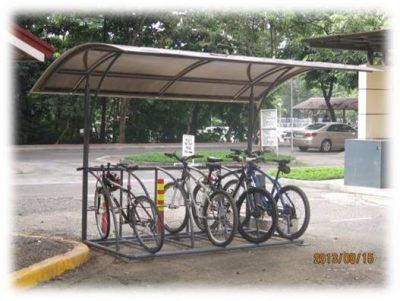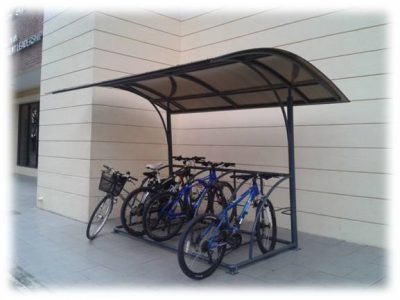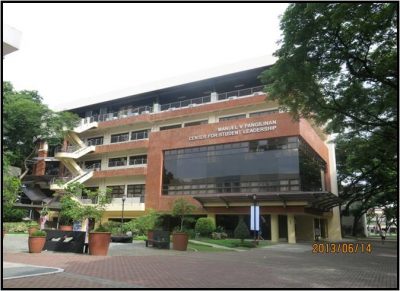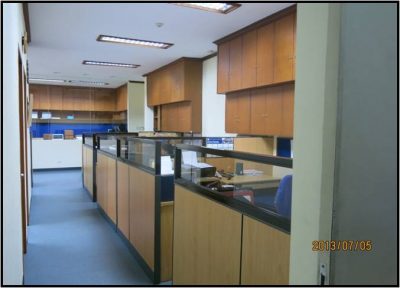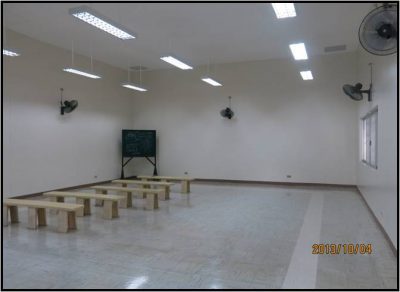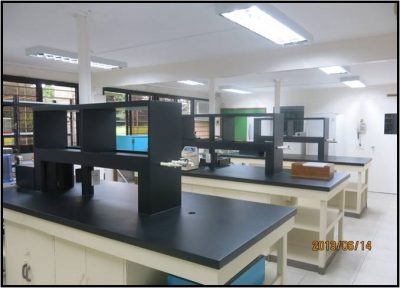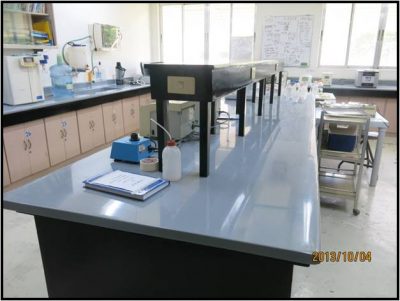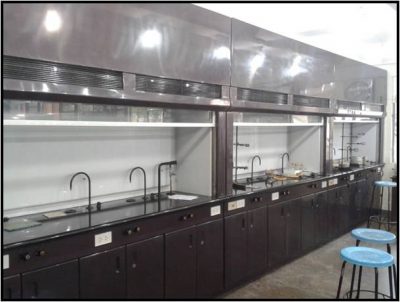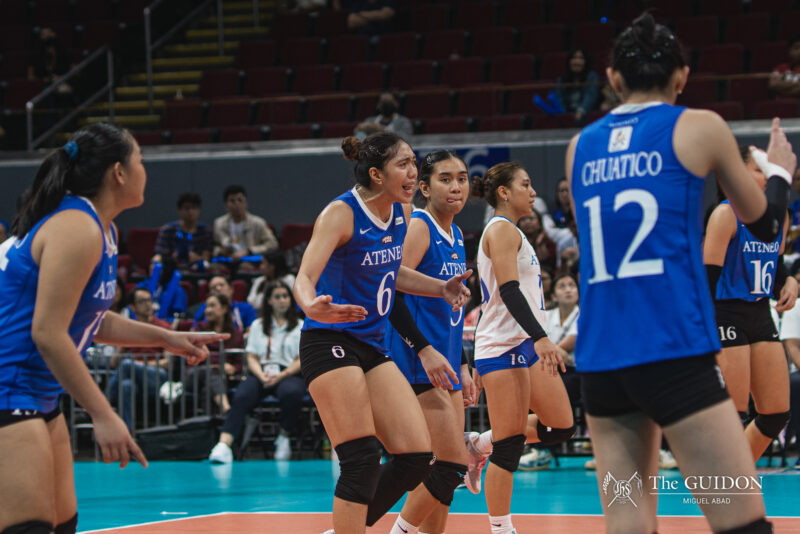VICE PRESIDENT for the Loyola Schools (LS) John Paul Vergara, PhD revealed a 6% tuition fee increase for SY 2014-2015 during the “Magtanong sa VP at Mga Dekano” forum held on Feburary 21 at the Ching Tan Room.
The annual event provides an avenue for the administration to inform the student body about the school budget. Students may also raise concerns during the forum.
Vergara said that the school has maintained a 5% tuition fee increase in the past years. However, next year’s fee will be higher by 1% to increase funds for scholarships and for LS infrastructure development.
According to him, increasing the tuition fee will help the Ateneo meet its target of providing scholarships for one in every five students.
As for infrastructure development, two floors will be added to the John Gokongwei School of Management (JGSOM) and the Philippine Long Distance Telephone-Convergent Technology Center buildings.
The construction of the covered walkway from the Science Education Complex (SEC) to Gonzaga will also begin.
The construction of the Ateneo Creative Hub is also set to begin next year. The hub will be a space in which people can strengthen their capacity to produce new things out of a social, cultural and techie innovative spirit.
Upcoming projects
During his presentation, Vergara also outlined the other projects slated for the school year ahead.
The Ateneo will continue installing sub-metering systems to allow monitoring of electricity consumption down to specific offices.
The rehabilitation of the Social Science Conference Rooms 1 and 2, the SEC comfort rooms and the Physical Education (PE) complex are also targeted for next year.
The Biology, Chemistry, Environmental Science, Physics, and Electronics, Computer, and Communications Engineering laboratories will also be renovated.
Repainting of LS structures, such as the Ricardo and Dr. Rosita Leong Hall, Schmitt Hall, the old Communication Arts building and the LS Swimming Pool area are also included in next year’s budget.
As requested by students, more bike racks will be installed around campus as well.
Vergara said that in the coming years, a parking building will also be constructed.
He said that by vertically increasing parking space, the Ateneo will be able to provide more walking areas for the community.
Vergara said they are also planning to construct two theatres for the Fine Arts program. The Ateneo Art Gallery will be expanded as well.
Improvements for this year
During the forum, Vergara also presented the infrastructure development done during this school year. Several offices underwent renovation and some buildings were repainted.
Laminated sheets were installed on the tables of the Biology laboratory. The side table of the Chemistry laboratory was refurbished and acid cabinets were installed as well. The wet laboratory at the Manila Observatory was also renovated.
This year, the PE Department was transferred to the second floor of the old Communication Arts building. Dressing rooms were installed in the LS Swimming Pool area as well.
The De La Costa Hall and Faura Hall quadrangle was renovated this year. The public announcement system was improved as well.
Meanwhile, more closed-circuit television cameras (CCTVs) were installed around campus. A central monitoring system for the CCTVs was established as well.
Student participation
Vergara has been lobbying for student participation in the budgeting process of the administration.
This year’s student representatives for the budget committee are Sanggunian Finance Officer Tin Andujare and JGSOM 2nd Year Central Board Representative Ray Gomez.
The student body are given the chance to participate in the budgeting process through the Magtanong sa VP at Mga Dekano forum as well. However, only nine students attended this year.
According to Vergara, the low student attendance may be attributed to the fact that the forum is usually held near the end of the school year.
Vergara plans to further emphasize what roles the Sanggunian can serve in the administration’s budgeting process, which includes the following: Gathering and evaluating the requests of students, addressing these requests to the departments concerned and informing the deans about student requests that require policy decision making.
“The main objective is to ensure that the students’ input and feedback actually reaches the offices that could do something about it,” Vergara said.


